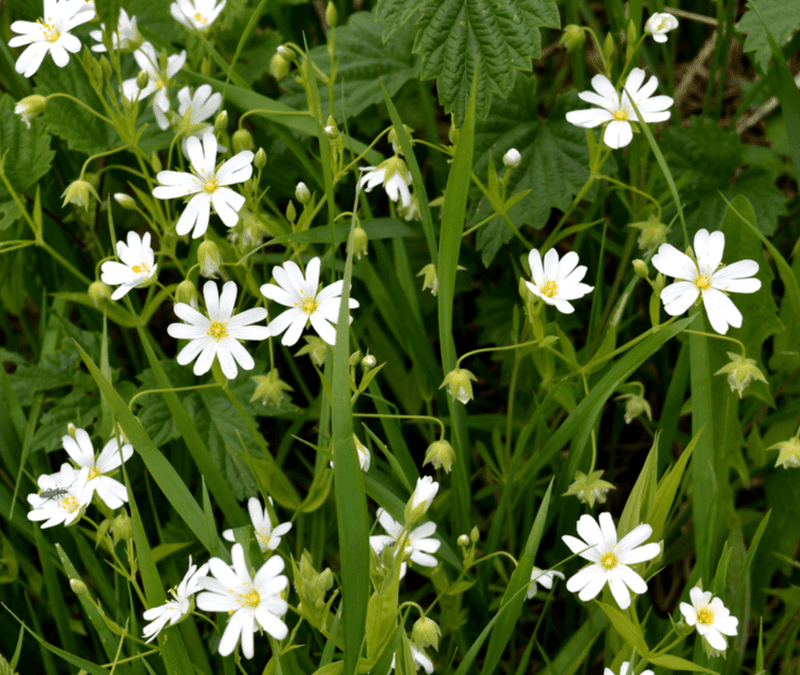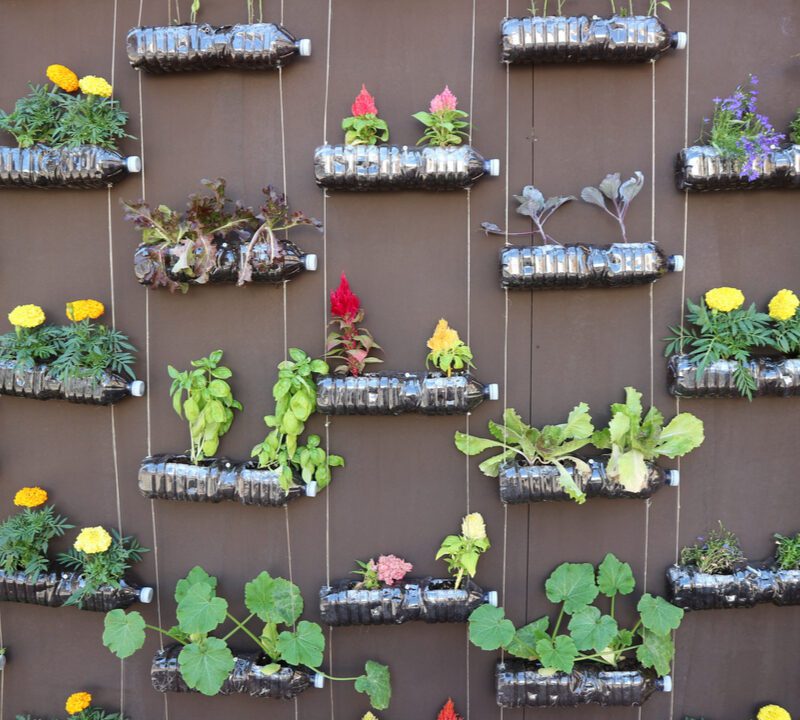- America's #1 lawn care company.
- 225-752-7252
Know Your Enemy: Common Spring Weeds of Southern Lawns

Common Diseases That Attack Mississippi and Louisiana Lawns
February 8, 2021
Spring Checklist for Lawn Care
March 19, 2021Spring is full of chores from raking your leaves to getting your garden ready for planting. But there is one chore you should get a head start on as soon as possible; weed control. Even before your grass starts to green up in the spring you should be thinking about how you are going to prevent new weeds from germinating. If you wait too long, these weeds will go to seed and make your summer miserable. Here’s a list of some common spring weeds you might find popping up in your yard this year.
Annual Bluegrass 
Annual bluegrass is one of the most common weeds of residential and commercial lawns in the south. Annual bluegrass is a cool-season grass that starts to grow in the cooler temperatures of spring and fall which makes it very competitive with warm-season grasses like bermudagrass, buffalograss, and St. Augustinegrass.
Henbit
Henbit is an edible plant that is a member of the mint family. It can be used in teas, salads, and as ingredients in many other dishes. One place you don’t want it is in your yard. It’s tiny pink flowers grow in rings near the top of the plant. It can easily take advantage of the thin, moist areas of your property, especially shady areas. You will often find it in places where grass has a hard time growing such as under trees and shrubs. An individual plant can produce up to 2,000 seeds that can take root if you don’t get rid of it in time.
Chickweed
Chickweed has five-petaled flowers that are arranged in a star pattern that can grow 3-6″ in the sun or up to 18″ in the shade. It drops seeds in the spring that germinate in the fall and can remain dormant in the soil for up to ten years. Chickweed does well in moist, poorly drained soils and weak, thin lawns.
Bindweed
Bindweed is a flowering vine that looks like a morning glory. It was introduced in the 19th century and thought to make an excellent ground cover. But the plant, being an aggressive grower, soon took over everything. It can quickly cover garden plants and deprive them of sunlight. If you don’t get these vines off your plants they could permanently stunt them or worse. Bindweed thrives in drought-like conditions in late summer when your grass and other plants are most vulnerable. Keep your beds and gardens properly hydrated to help keep bindweed at bay.
Clover
Clover may look pretty but it can ruin the uniform look of your lawn that you worked so hard on. The presence of clover is a sign that you have acidic soils, compacted soil, or low nitrogen levels. To get a better understanding of your soil you should consider getting a soil test.
Crabgrass
Crabgrass is one of homeowners’ biggest enemies. We spend all year fighting it but do you know why it’s there in the first place. Crabgrass loves soils with high nitrogen content. Most fertilizers we use add nitrogen to the soil but when you add too much of it it can create the ideal conditions for crabgrass. It’s important to understand what type of fertilizer your soil needs before you apply any. You can prevent crabgrass in the spring with a coating of pre-emergent herbicides and then keep a watchful eye on your lawn throughout the summer.
Call The Lawn Care Experts At TruGreen Midsouth
At TruGreen, we treat your lawn like our own. It is our job to create amazing yards and landscapes. It’s not too late to sign up for exceptional lawn care service for 2021. Our lawn care experts are standing by to take your call.
Call us at 225-465-0665 if you are a Louisiana client, but if you’re from Mississippi, call us at 662-330-1330. Or get a free and easy quote here. Get access to all our tips on pest control, lawn care, tree care, and more by following our monthly blog. Check us out on Facebook for the latest TruGreen deals and news in your area.




